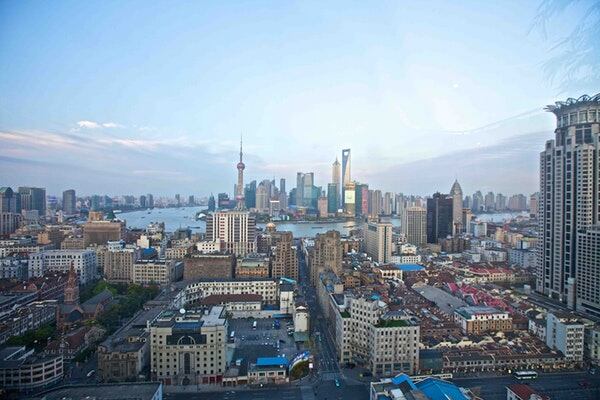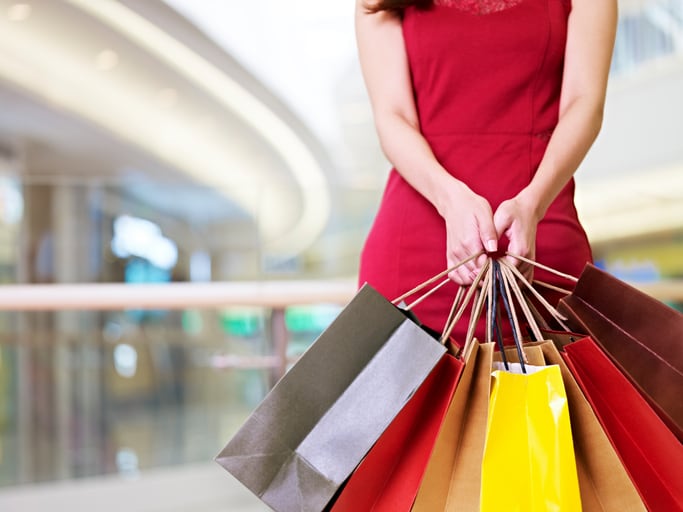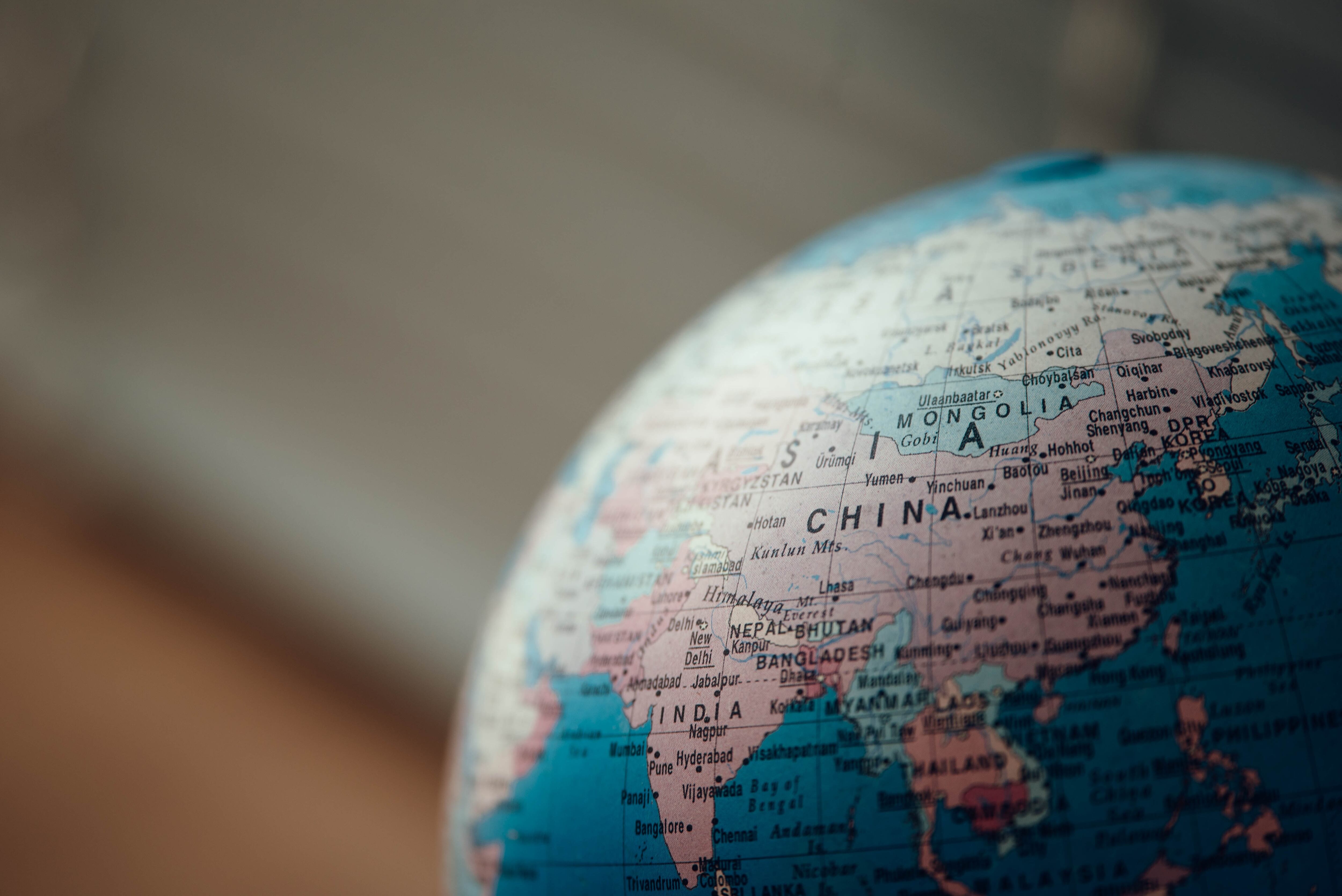In the first edition of our International Editor’s Spotlight, we explore what dominating insights, trends and strategies the Chinese market, and players in it, are adopting to captivate both global consumers and brands.
1. C-beauty
Following in the footsteps of its neighbouring regions, Korea and Japan, China hopes to further elevate its position as the innovative and popular beauty spot by creating C-beauty.
Both K-beauty and J-beauty have witnessed uptake and have created loyal followings by leveraging strong brand messages, cultural backstories and placing and leveraging marketing strategies to build loyal communities.
Chinese retailers are developing existing online-to-offline strategies to harness relationships and engagement with consumers. M-commerce, e-commerce and the use of virtual and augmented reality are pushing China into the next retail era.
Ultimately, “the Chinese beauty industry has escalated in recent years, taking inspiration from popular brands and products, and adapting them to cater to the needs and tastes of Chinese consumers”, shared Sharon Kwek, Senior Innovation and Insights Analyst of Beauty and Personal Care at Mintel.
2. Global names and positive sales
Accelerated growth in the Chinese cosmetics sphere is impacting significantly on the brands choosing to operate in the marketplace.
In August, we saw Estée Lauder surpass the $1 billion (€862 million) threshold in China, representing 29% growth in the Asia-Pacific region.
Unilever is also expanding its logistical operations in the country by teaming up with Chinese e-commerce company JD.com to extend its reach and customer service capabilities to 99% of China.
3. A natural world
Green, sustainable and healthy are all commonplace in the cosmetics industry as brands and consumers see the prominent naturals and organic trends continue to grow in popularity.
L'Oréal has partnered with leading Chinese platform, Alibaba, to increase the use of environmentally-friendly packaging to appeal to the “increasingly green-minded” needs of Chinese consumers
In China, 69% of consumers are willing to pay a premium for a completely natural product, Global marketing strategy consultancy, Clear, found in its study.
“The consumers we interviewed seem to suggest that the era of artificial ingredients is over: with nearly 70% citing the ingredients of a product as a main determiner in purchasing more natural goods,” Clear stated.
Cleanliness and hygiene play a significant part in these consumer preferences. The country’s facial mask sector is evolving as worries relating to air pollution, and the rise in convenience, personalisation and premiumisation influence decision-making.
4. Cosmeceuticals and healthcare
A key discussion topic at this year’s in-cosmetics Korea centred on the rise of cosmeceuticals in China. Bringing together the cosmetics and medicine segments, these cosmeceuticals goods are standing out as a result of their active ingredient content and reputation for high performance compared to traditional skin care products.
Consumers also associate these hybrid products with containing fewer ingredients, and from being free from pigments, preservatives and fragrances, Jessica Jin, Associate Beauty Director, at Mintel commented.
Increasingly, Chinese companies are either separating their dermo-cosmetic items from the rest of the brick-and-mortar store’s products to enable them to stand out, or they are launching their own cosmeceutical brands.
With natural products and cosmeceutical key trends in China, health retail names are making strategic investments and expansions to broaden their presence and appeal. Walgreens Boots Alliance, for example, received the necessary regulatory approvals to go ahead with its investment in pharmacy chain, GouDa.
WeDoctor, a Chinese e-tail startup, backed by investment giant, Tencent, aims to disrupt and innovate the industry, to become the Amazon of health care.
Digital personal care and health delivery is making strides as companies such as Ping An Healthcare and Technology expands to serve 80 cities in China by offering its One-Minute Consultation + One-Hour Drug Delivery service.
What does the regulatory landscape look like?
New import tariffs were announced for the US in August 2018, with four levels of tariffs proposed — 5%, 10% 20% and 25%. The decision comes after the US revealed its plan to increase tariff rates from 10% to 25% on a proposed list of $200 bn (€172.4 mn) Chinese products.
In June, however, China’s Finance Ministry reported that it was reducing the import tariff on cosmetics from 1st July.
Despite China’s powerful position in the cosmetics sphere, April Guo, General Manager, Personal Care Division, Hangzhou REACH Technology Group (CIRS Group) describes the country’s outlook as “unclear and hard to understand”. While the industry is “relatively stable now”, it is still in a state of flux, Guo added.




